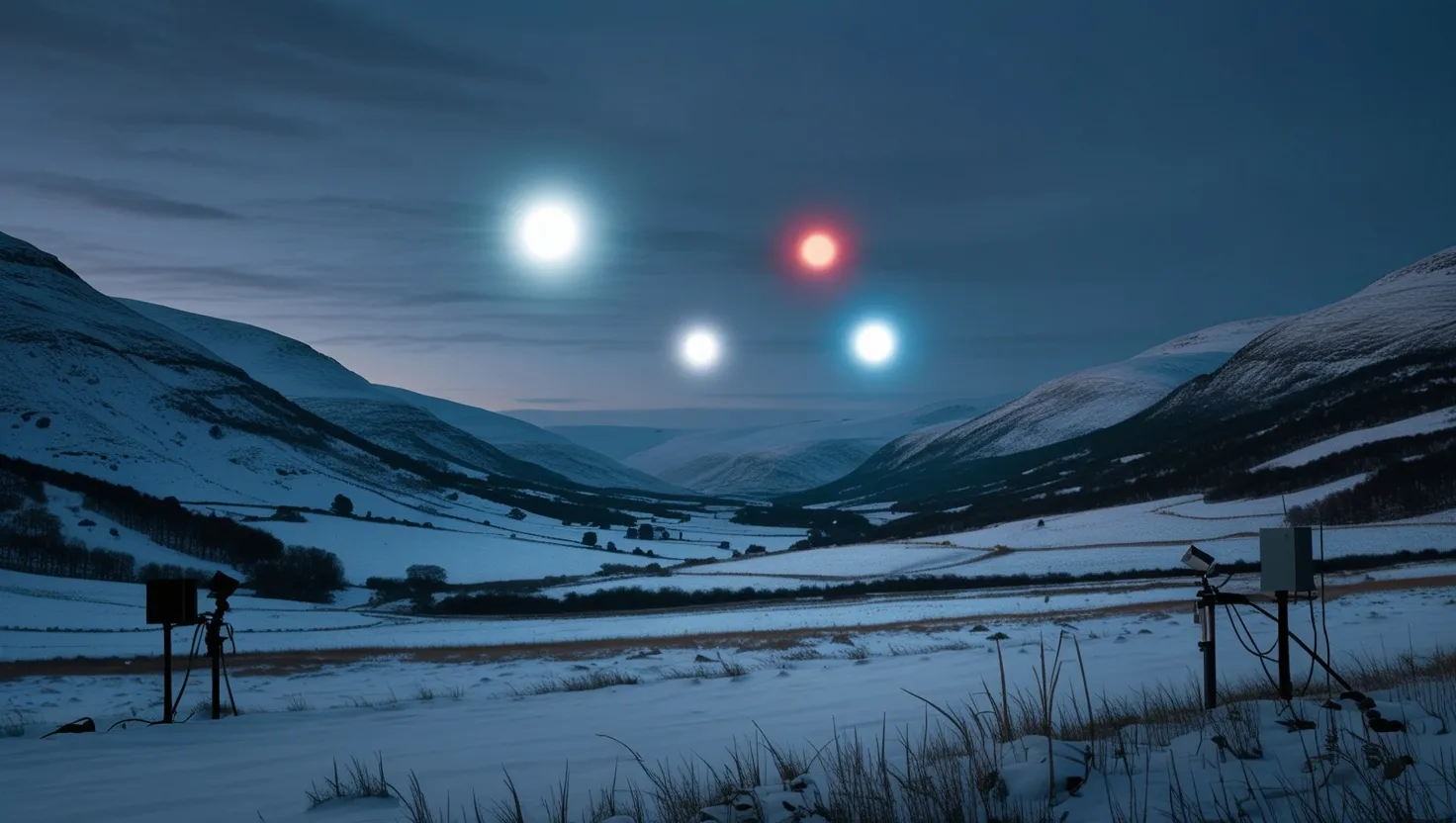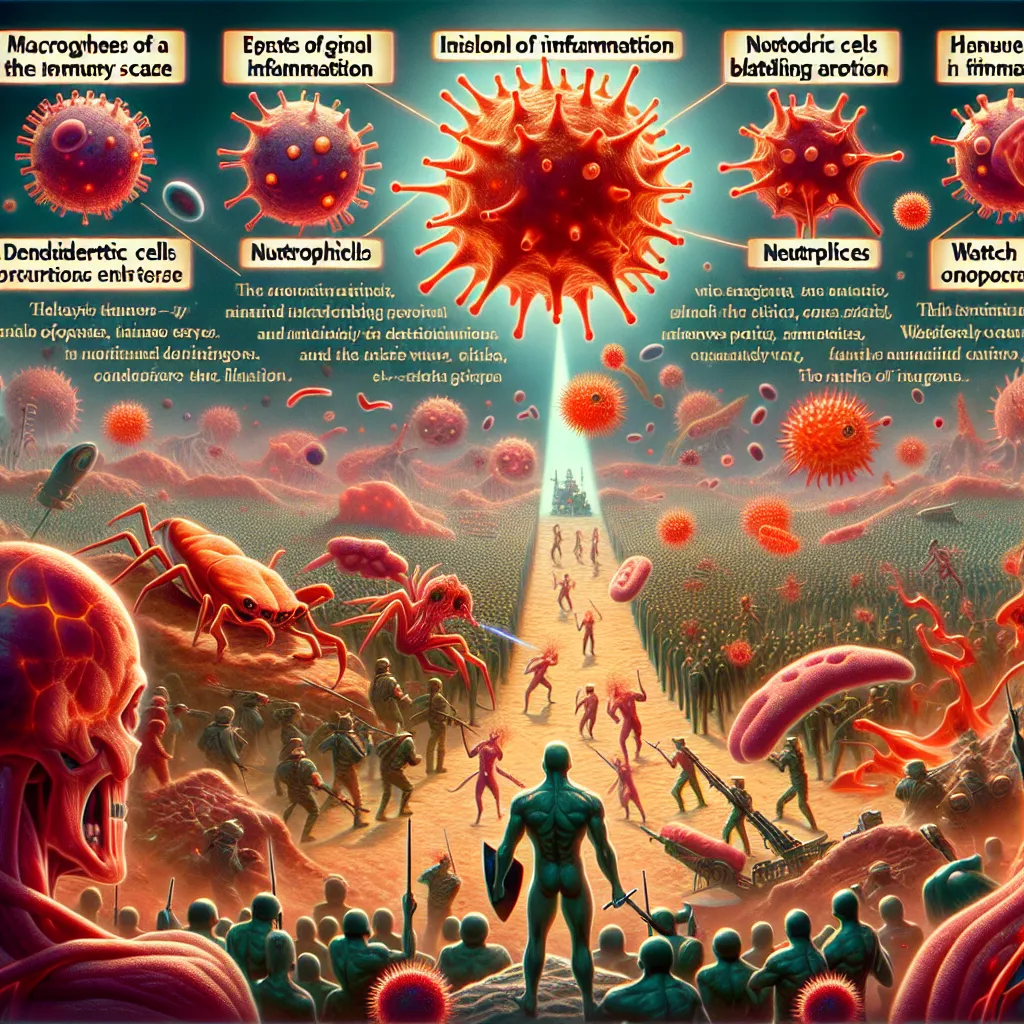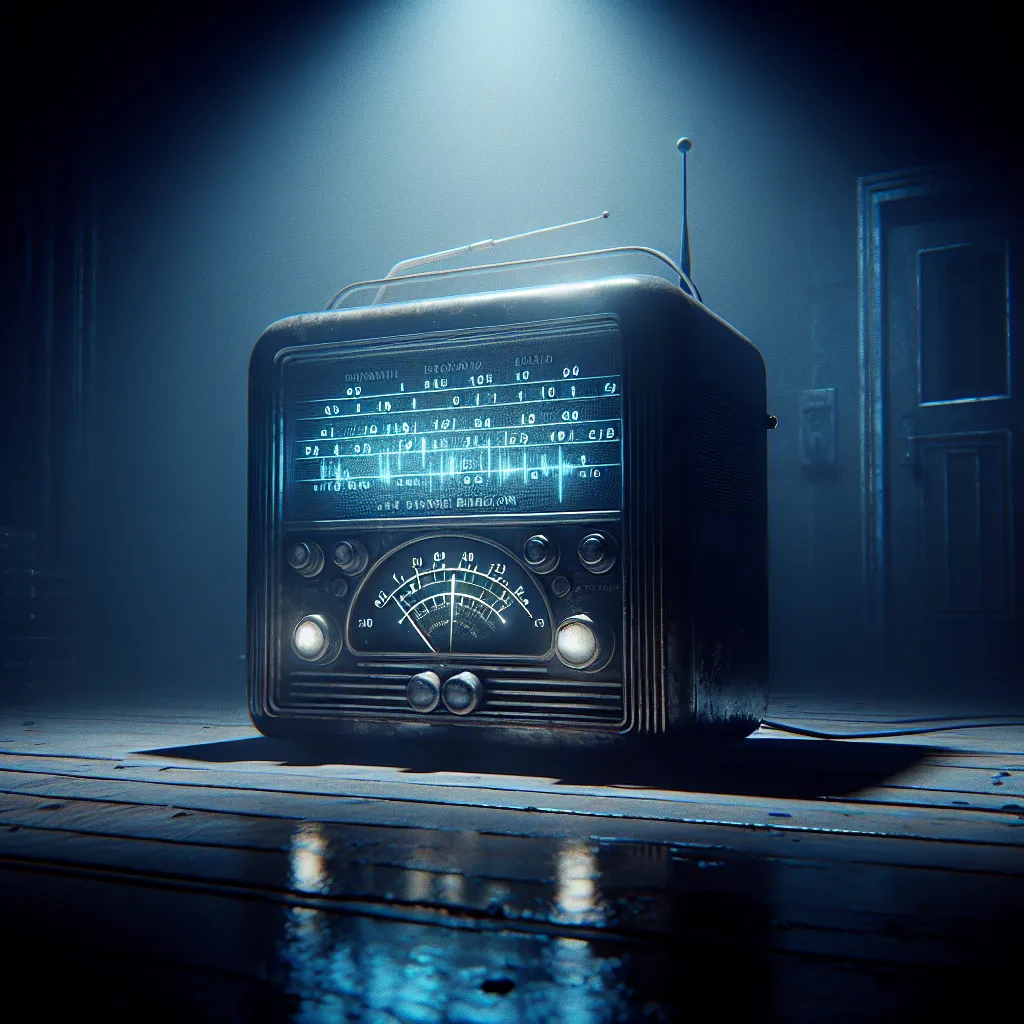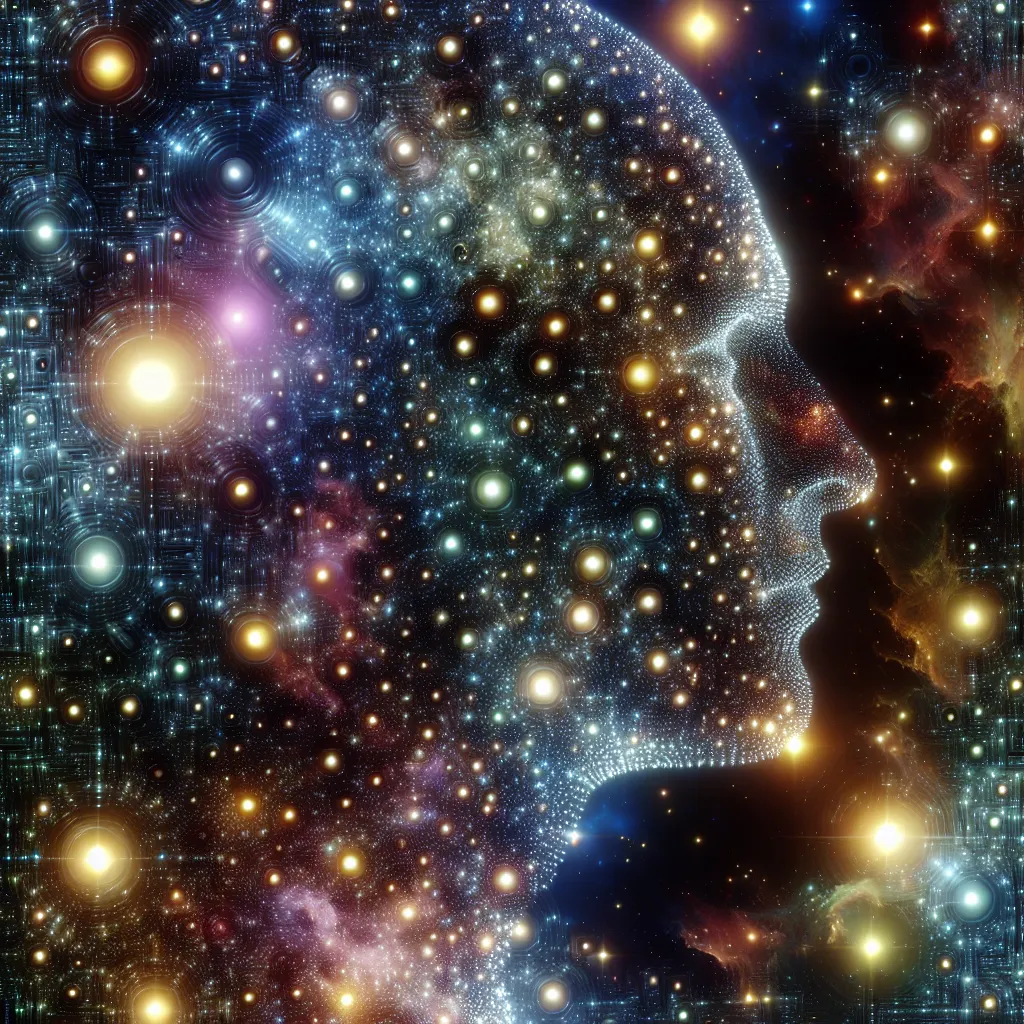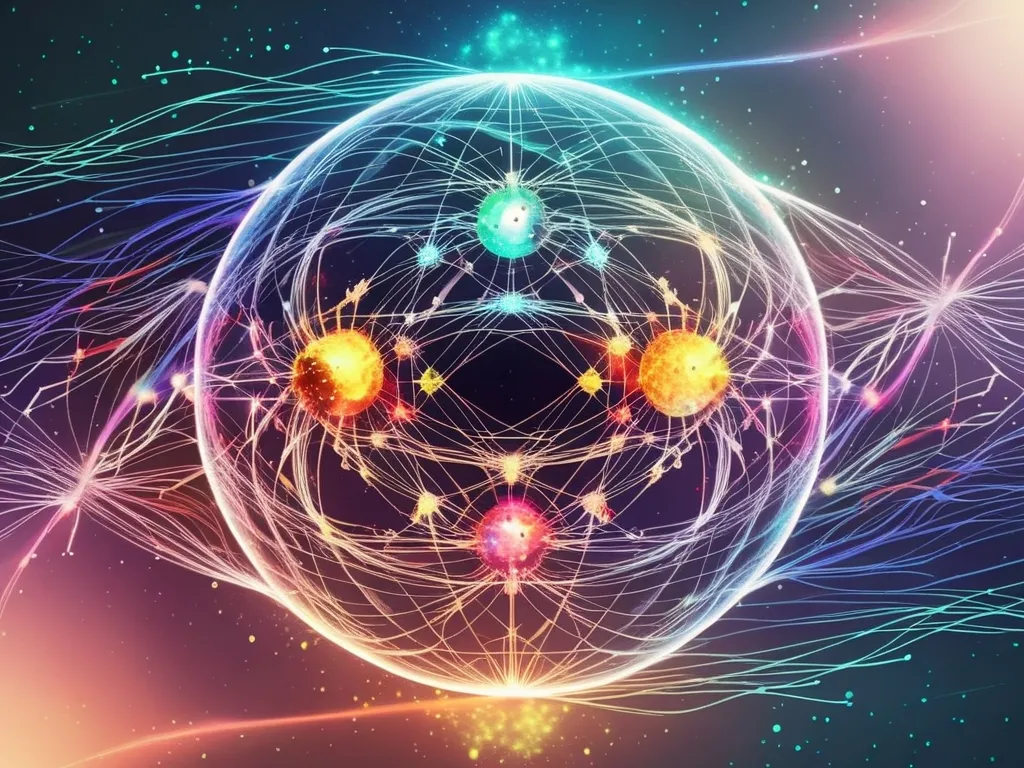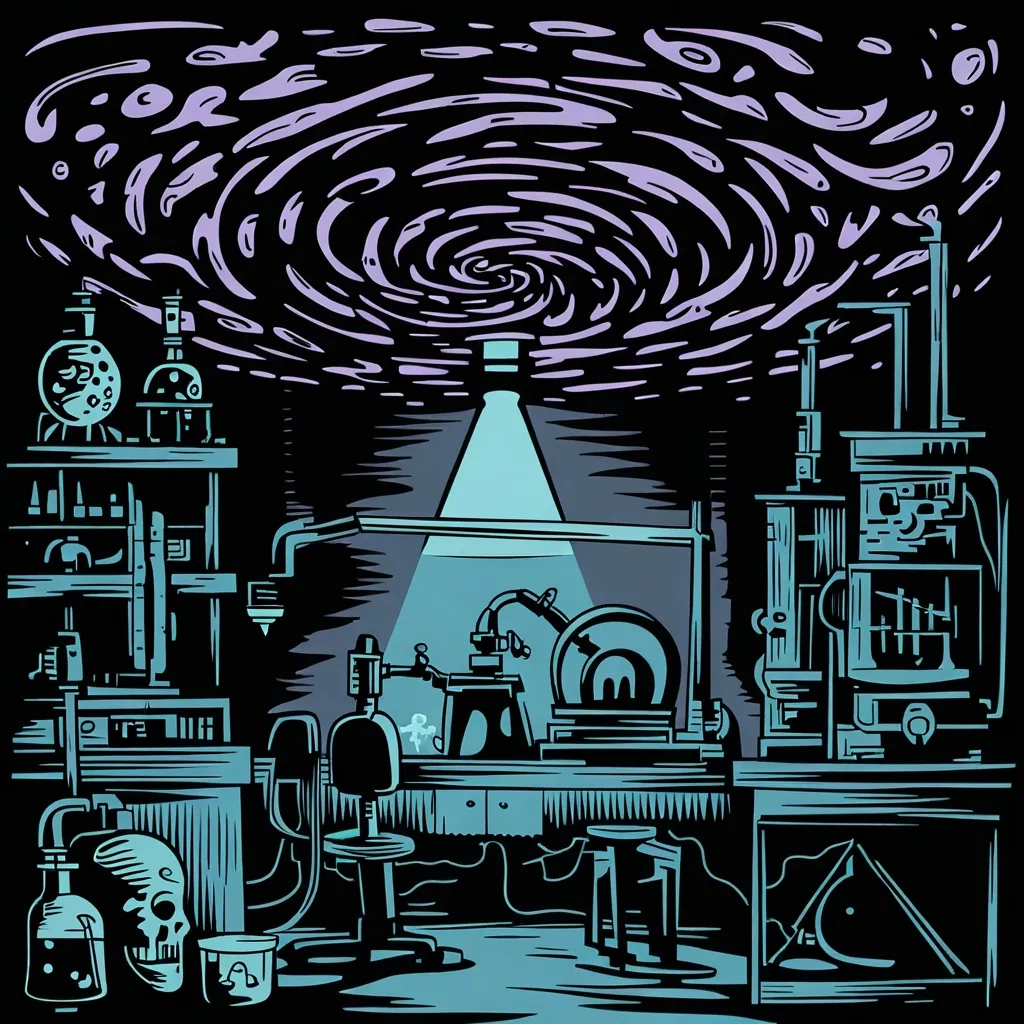Step with me into the frozen curves of a remote Norwegian valley, where something strange punctuates the evenings and has done so for as long as anyone can remember. The Hessdalen Lights, as they’re known, draw no crowds of cellphone-waving tourists, but they do capture the imagination of a few hardy researchers and more than a few locals who’ve grown used to seeing silent orbs hanging over meadows like lanterns from another world. I find myself fascinated not only by their beautiful defiance of explanation, but also by the subtle ways they challenge what we think we know about the natural world.
What do we do, as rational adults, when we see something that can’t be explained? Sometimes, we ignore it. Other times, we set up cameras and monitoring stations, we measure, collect, argue, and hypothesize. In Hessdalen, Norway, that process has been ongoing for decades—ever since the phenomenon flared into regularity in the 1980s. Imagine a winter night: silence, a biting chill, maybe a subtle sound of ice shifting, then suddenly a white, blue, or blood-red sphere of light hovering over a field, keeping pace with a creek, pausing unexpectedly, shifting direction, then vanishing. Locals half-jokingly ask, could these lights be alive—or reacting to us?
“Science is the great antidote to the poison of enthusiasm and superstition.” – Adam Smith
That antidote, however, doesn’t always cure. Decades of scientific effort have only made the story more interesting. Conventional explanations don’t stick. Swamp gas? The region’s too mineral-rich and dry. Ball lightning? Maybe, but typical ball lightning flickers out in seconds, while some of these lights linger for hours, split into twins, or dart off at impossible speeds. Geological effects like the piezoelectric discharge of quartz seem plausible, since the valley sits atop plenty of quartz, but there’s nothing in the area’s seismic data to suggest pressured rocks sighing out sparks night after night.
What then are we left with? Let’s start by looking closely at what’s actually measured rather than what’s merely guessed. Several field campaigns since 1984 have tracked the lights with radar, caught their dance on film, and even fired lasers at them. The data are complex and sometimes contradictory. The lights seem to emit no heat that sensitive infrared gear can pick up. No sound arises from their presence, no scorch marks or melted snow remain after the most luminous of visits. Yet, during intense displays, odd spikes in radioactive isotopes are measured in nearby air—a spike that subsides within minutes, as if the event itself resets the local chemistry.
Then comes the electromagnetic side of the story. Monitors show strong disturbances in radio and sometimes even visible wavelengths during active nights. Once, instruments captured a light moving at over 1,500 meters per second before stopping instantly, a feat impossible for drones or airborne vehicles. The light then split—cleanly, like a cell dividing—and both spheres glided off, side by side, vanishing as suddenly as they appeared.
“How is it that hardly any major religion has looked at science and concluded, ‘This is better than we thought! The Universe is much bigger than our prophets said, grander, more subtle, more elegant’? Instead, they say, ‘No, no, no! My god is a little god, and I want him to stay that way.’” – Richard Dawkins
Science, with its big questions and little answers, is in rare form here. Early spectral studies of the Hessdalen Lights surprised everyone by detecting not just common elements from the surrounding air—hydrogen, nitrogen, oxygen—but oddities like scandium and titanium. Normally, these trail as traces from mining activity, but here they seem luminous, part of the event.
Could it be burning dust, tinged with rare metals? Maybe, yet standard combustion should result in expansion and rising, not orbs clinging to their own boundaries. That leads some to the concept of plasma, a state where gases turn into electrically charged, glowing balls. Here, I like to imagine the air itself briefed into a state just shy of starfire—a self-contained phenomenon called a plasmoid. But classic plasmas shouldn’t behave this way, hanging motionless or changing direction sharply.
The plot thickens: Some believe the lights are, in fact, clusters of “Coulomb crystals” trapping clouds of charged dust—an idea reminiscent of laboratory experiments on dusty plasmas but with the odd twist of natural conditions doing what takes specialized setups in science labs. Radon, a radioactive gas from the earth, could decay in the valley air and seed these events, with the shock of scandium—unusually reactive in oxygen—maybe acting as a trigger. But what really sets Hessdalen apart from other locales with equally wild geology or radioactive decay?
“It is the mark of an educated mind to be able to entertain a thought without accepting it.” – Aristotle
I encourage you to challenge each theory. A plasma model could explain much, except for the precise and spooky way lights sometimes seem to react to human observers—changing color, altering speed, sometimes extinguishing at an approach. Even instruments placed in the fields pick up more light phenomena when teams are elsewhere. Is this a sensor artifact, coincidence, or is consciousness part of the show?
Then come the truly bizarre clues. When researchers use lasers, sometimes the lights scatter into multiple colors or patterns, hinting at complex internal structures. Radar sometimes bounces back not just a diffuse signal, but a return like that from a solid object—only for the light to “melt” away or divided. Advanced laser interferometry, a method used to spot gravitational waves, has shown that the internal light structure isn’t uniform but includes moving “hotspots”, as if there’s a geometry hiding within the orb.
Do you ever wonder whether what we’re seeing is not just a light but a phenomenon crossing boundaries, not quite a gas, plasma, or solid? Is the valley itself acting as a natural battery, a place where geological quirks and atmospheric oddities sustain something rare? Or are we, at the limits of present human measurement, simply seeing what we’re not designed to understand?
“There are more things in heaven and earth, Horatio, than are dreamt of in your philosophy.” – William Shakespeare
Another fascinating, less-discussed idea is biological involvement. Studies of molds and other life in the valley suggest these micro-organisms might contain semiconductor elements, and under very particular conditions, could interact with ambient electric fields—imagine small natural LEDs, triggered into action. This gets little attention, but it’s tantalizing. What if, in some strange synthesis of biology and environment, a living system contributes to the lights’ unique characteristics?
Now, ask yourself: if a place on Earth can produce such a consistent anomaly—observable, recordable, undeniably present—what does it say about the scope of physics still to be explored? Most of us assume science is nearly finished, the bulk of nature’s secrets tucked safely away. Yet here’s a recurring event that breaks the rules, demanding new ideas.
Let’s not miss the strangest aspect of all: the lights’ behavior rejects any easy categorization. They flicker between properties of plasma and solids, stay cold, appear and disappear without trace, ignore the valley’s weather, and resist all timelines or schedules we try to impose. They are uniquely local—no other site on earth shows such regular, varied activity—no matter how hard similar searching is tried in other places.
So, what should the future hold for Hessdalen research? I’d argue for grander experiments: not single sensors, but large networks that triangulate location, shape, and internal energy minute by minute. Perhaps—just perhaps—we’re looking at a unique “battery” formed by local geology and atmosphere, storing and releasing energy by mechanisms nobody has yet named. Or perhaps the valley is a lens, focusing not only electromagnetic energy but also our curiosity, reminding us that the world remains mysterious.
Sometimes, I think of the Hessdalen lights as a glowing proof that nature still keeps secrets worth chasing, that somewhere between dust and starlight, the earth herself throws a light show to challenge our assumptions.
“Somewhere, something incredible is waiting to be known.” – Carl Sagan
Are you ready to believe in the unlikely? Hessdalen waits, lights flickering, for those who do.
